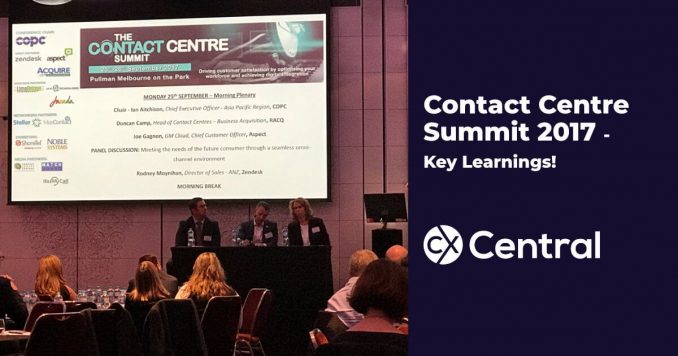
Key Takeaways from the Contact Centre Summit 2017
The Contact Centre Summit 2017 was recently held in Melbourne at the Pullman on the Park hotel with conference organiser Akolade bringing some of the best minds in the local contact centre industry to the one location.
Over two days we heard from some fantastic speakers who generously gave their time and shared their experiences through either a presentation or on one of the panels.
Whilst I didn’t get to see the whole conference, from the sessions I was in or chaired there were some great takeaways that I hope, are of use to you.
The AcbD Model
I’ve said it plenty of times already but to truly change the Customer Experience it needs to be lead from the top. And good leaders need a plan! Duncan Camp from RACQ shared some models and lessons that he has used over the journey including the AcdB model:
- A – Where are we now? (Internal Issues & Opportunities and External Issues & Opportunities).
- B – Where do we want to be? (By 20XX, Vision, Key Aspiration, Aspects to be known for)
- C – How do we get there? Strategic Themes (use the ERRC Matrix)
- D – How will we make this happen (action plan).
And don’t forget you need to involve your people!
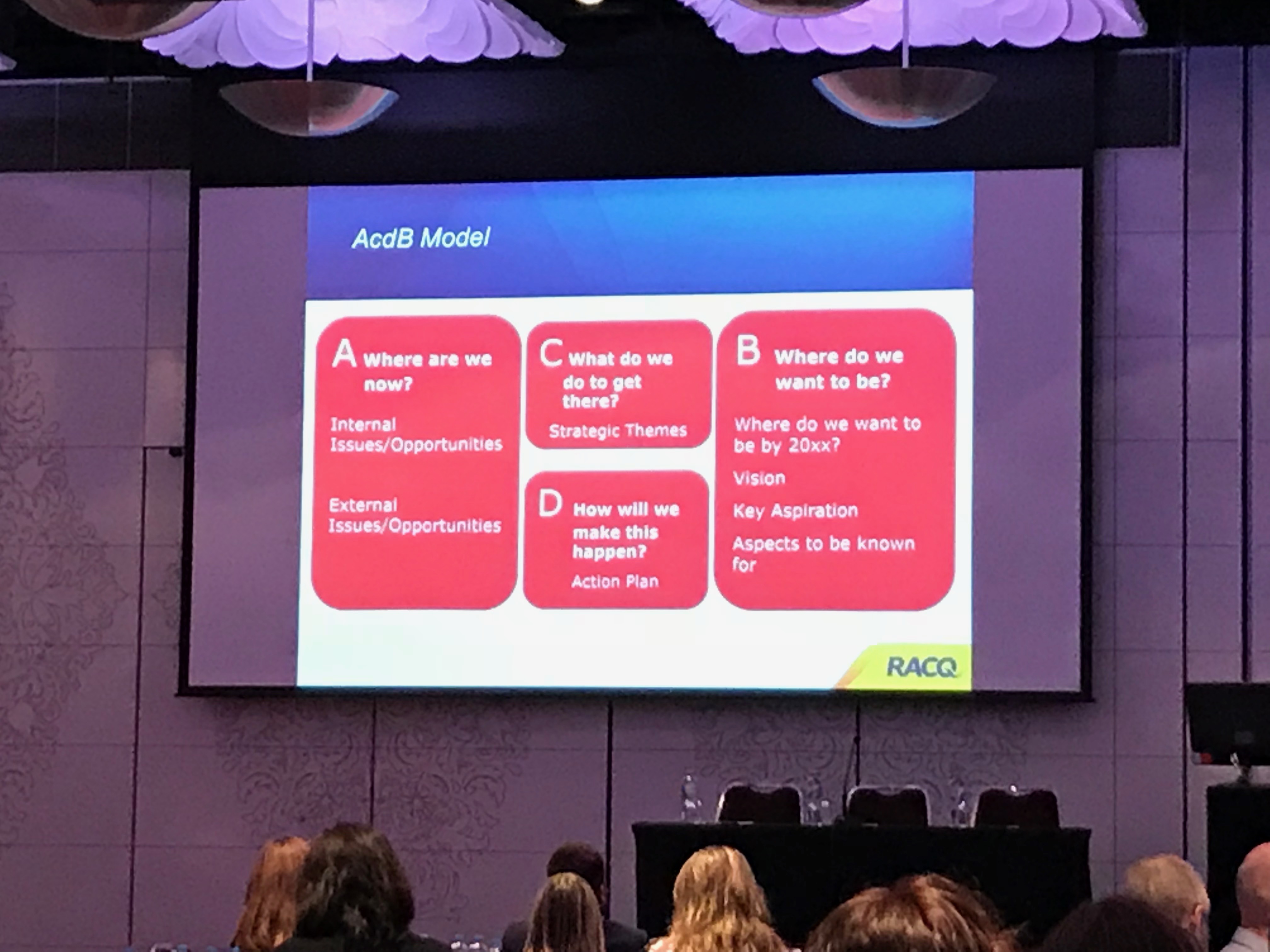
The Mentally Deranged Speaker and the Future State of CX
Joe Gagnon, Chief Customer Officer from Aspect provided a number of thought-provoking moments.
Firstly, and it has no relevance to contact centres at all, but Joe is one of the few people on the planet who has run 6 marathons in 6 days on 6 continents.
My key takeaway from that is he’s (a) very fit and (b) clearly mentally deranged! Seriously though that’s impressive!
Now that we’ve got that part out of the way, Joe continued to provide the wow factor with some great insight into how quickly the world is evolving with expectations on CX.
I called it early, but for me the slide of the conference was this:

Ok yes, that probably simplifies things somewhat but the sentiment is spot on.
Just make it easy for the customer!
6 Tips for designing the CX of today & tomorrow
I’ve said it before but forget omnichannel and other buzzwords – personalisation is the future. Thankfully Joe is saying the same thing and offered these 6 great tips:
- Minimise Customer Effort (Uber – you are automatically charged when you leave the Uber)
- Event Driven / Life Stage (The results from your blood test are in, would you like me to arrange an appointment with the doctor?)
- Make in personal (The last time we spoke you requested a text, is that still ok?)
- Conversational – Hi X, your flight is delayed, but don’t worry you will make your connection)
- Always on – pretty obvious!
- Advisory – Did you know you could save $200 a month on a different energy plan
Generation Z is coming!
Just when you thought you were getting your head around Millennials along comes the next generation.
Gen Z are were born between 1995 and 2912 and in the USA there’s already over 73 million of them! So what’s the difference between Millennials and Gen Z I hear you ask…
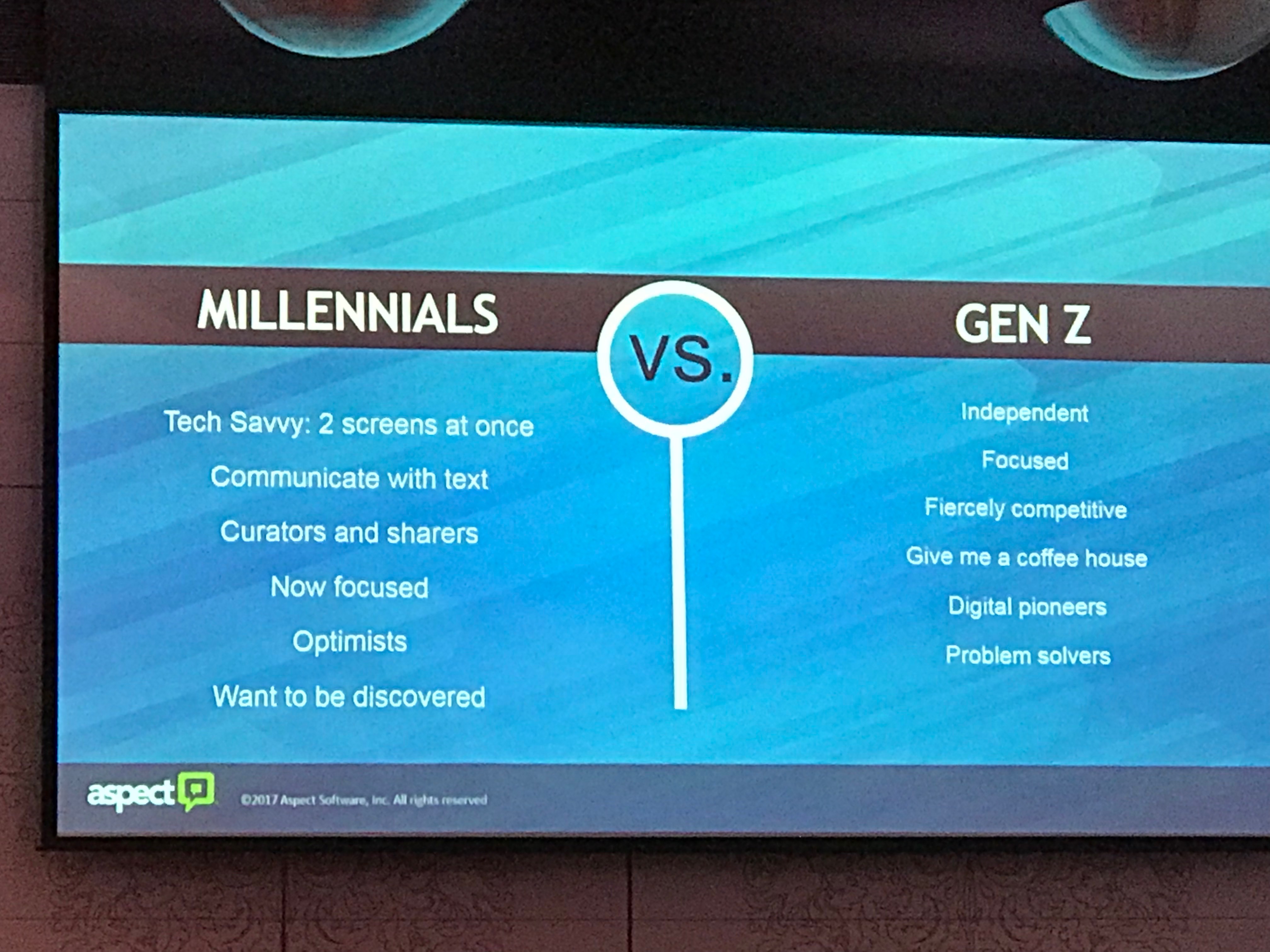
We may not have the same numbers as the USA but its good to get this on your radar – not just for the changing expectations of your customers, but Gen Z is also where your next workforce is coming from…
Channel Preferences
Having recently seen Rod Moynihan, Director of Sales – ANZ for Zendesk, speak just a couple of weeks ago and knowing he’s a pretty busy guy I was expecting to see a carbon copy of his recent presentation…
But kudos to Rod, he was having none of that and brought plenty of new content to the table!
If you’ve been considering adding new channels into the mix or were wondering how age influences which communication channel is preferred, this table provides some great insight:
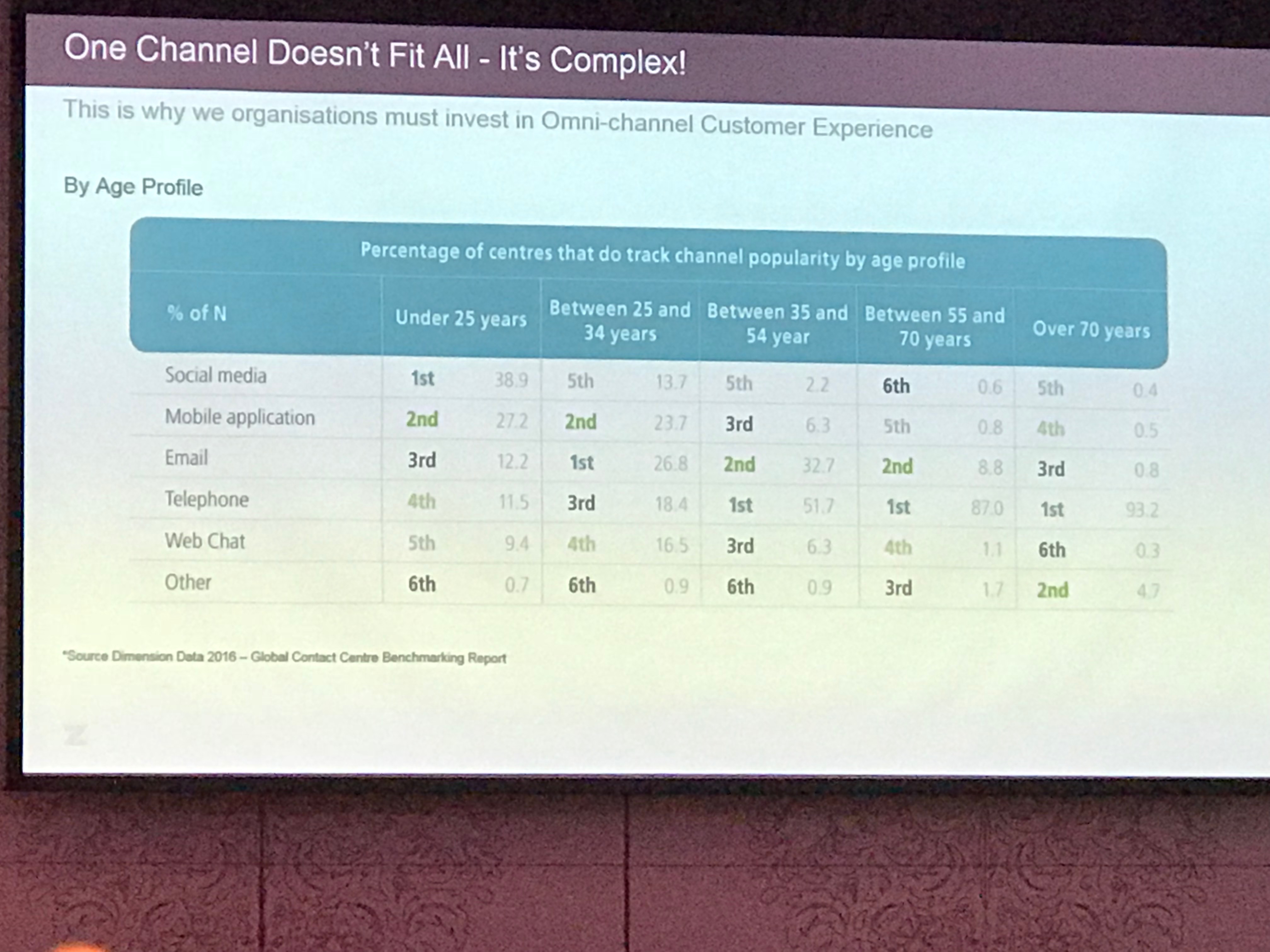
Humans vs Robots
Rod also provided some insight into how the dependencies on human interaction in customer service is expected to change over the next five years:
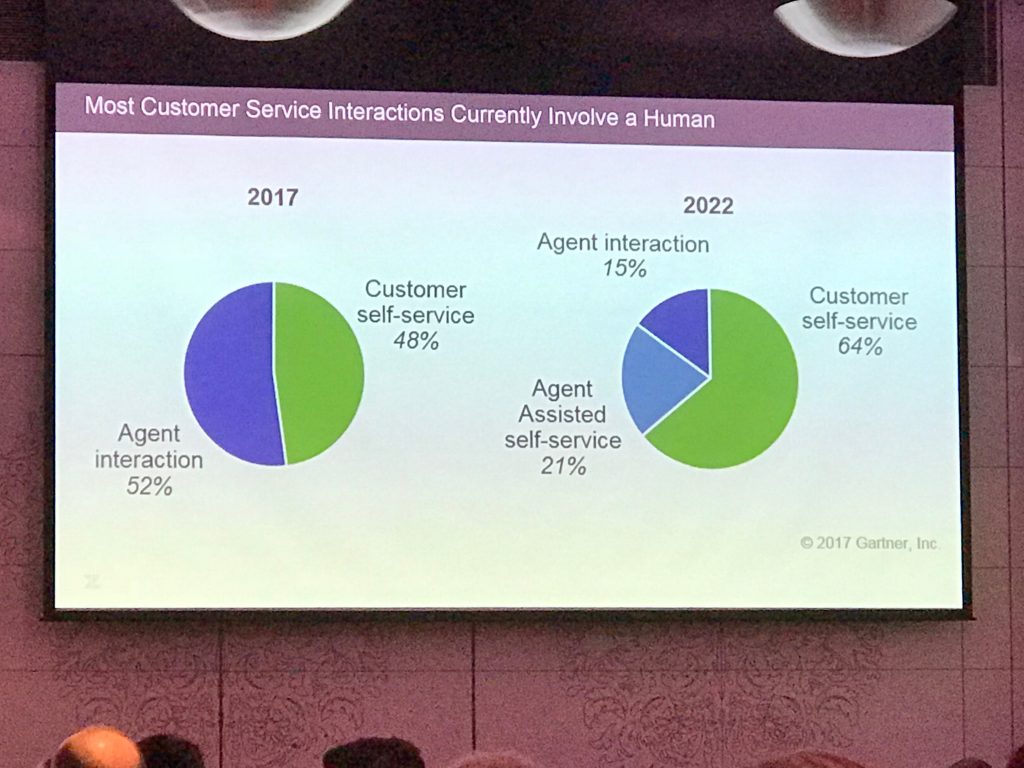
As you can tell in the slide, that’s a significant shift. Gartner recently reported that “by 2022, 72% of customer interactions will involve an emerging technology such as machine-learning applications, chatbots or mobile messaging, up from 11% in 2017.”
I personally don’t think this will necessarily translate to fewer jobs but what it does mean is that the complexity of the conversations will certainly be increasing and with it, the changing requirements and expectations on the skill sets of contact centre agents.
Why Trust is Important
I think we all understand the importance of trust in our personal and professional lives.
If you don’t trust your partner, friends, colleagues or your boss its fair to say that you won’t have the best relationship with any of them.
Along the same lines, Rod introduced the concept of the importance of trust with your customers.
The principles are the same but in business, it also has the added bonus of reducing costs.
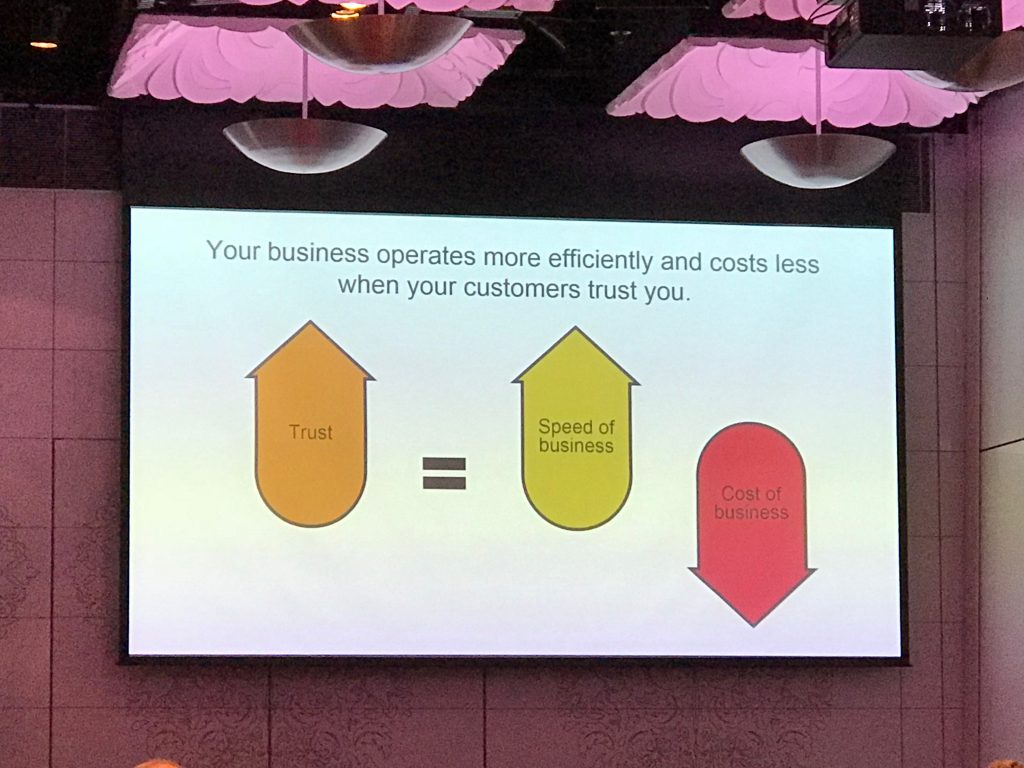
How to do more with less
Carly Irving from Queensland Energy shared some great learnings on what she called the ‘Trilemma‘ – having to implement new technology, deal with the changing customer preferences and of course dealing with the business that wants everything done yesterday!
Carly’s tips for reducing cost without impacting (or even improving) the CX:
- Change employment types to enable better flexibility with rosters to manage peak periods.
- Overflow to lower cost-to-serve channels.
- Use resources in the rest of the business to help with peak periods.
- Multi-skill staff so they can handle all the different call types.
- Streamline workflows and processes (Carly mentioned they have increased efficiency by over 30% by focussing on optimising internal processes).
- Use Automatic Call Back Technology to manage peaks.
- Get information on your website to help customers self serve.
Queensland Energy have/are undergoing a significant transformation and for Carly, moving the workforce to a multi-skilled environment has been a significant component and she shared the model on how they have transitioned the workforce (which of course was supported with training, coaching etc):
Different Types of Attrition
Stacey Allinson from Miele walked us through her journey in transforming the contact centre with some great tips on how to retain high-quality staff in your business.
Stacey covered a lot of ground but I really liked the matrix below:
Stacey also shared lots of great examples in how they’ve had to change the type of employee they target (for those there do you remember the ironing story?) along with some tweaks to the recruitment processes to test for different skills like the ability to interpret technical diagrams.
With Stacey driving a lot of change in the contact centre the other key reminder was the importance of leadership and communicating the change to all your employees.
Rules of Social Media Engagement
With so many of us now managing Social Media, Dale Amtsberg from World Vision provided some insight into how they manage Social Media that included some practical tips and real-world examples.
I thought his Rules of Engagement may be useful for some of you:
Outsourcing and Offshoring
It was great to be able to share a panel with Ulrike Ernst (BSH Home Appliances) and Duncan Camp (RACQ) that was facilitated by Conference Chair Ian Aitchison where we discussed all things offshoring along with a panel I chaired with Carly Irving (Energy Queensland), Ivan Trajkovski (Catch of the Day) and Chris Ryan (Koala Mattress) focussing on the benefits (or otherwise!) of outsourcing.
There was a lot covered in the sessions but my key takeaways would be:
- Offshoring your call centre can be a viable strategy for many businesses and there is no ‘one size fits all’ model.
- Cost is the primary driver for sending your call centre offshore with the other advantages including increased scalability and more flexibility with operational hours.
- Accents can play a part in the customer experience however it was not necessarily viewed as a negative. Rather, the ease of customer effort in communicating was more important. In some cases, having an accent that can still be easily understood is often a positive.
- There was a consensus that most businesses tend to offshore the more ‘simple’ enquiries/calls.
- Don’t underestimate the amount of training and support required.
- When looking to select an outsourcer, make sure you check references and where possible select an outsourcer with similar experience in your industry vertical.
I’ve probably missed a heap of other points covered as it was a little hard to take notes at speak/chair at the same time so feel free to chime in with any more thoughts/comments.
5 Tips for contact centres to boost the customer experience
In what can only be described as a first, Peter Williamson from Aria technologies managed to work a crocodile image into a contact centre conference:
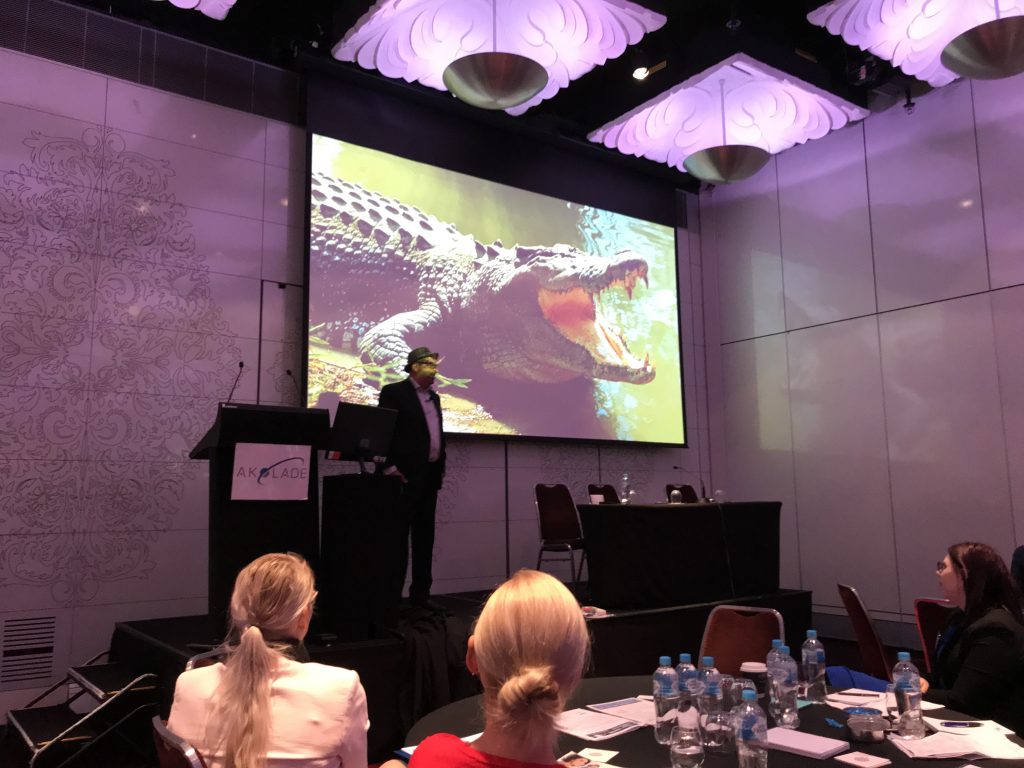
Willo (as Peter is known) along with Gavin Neal (regional Channel Manager) also provided the audience with 5 tips for contact centres on how to boost the customer experience:
Summary
Thanks for making it to the end and I hope you got some great takeaways from the Contact Centre Summit 2017 in Melbourne
You can check out what events are coming up next on our Industry Events Calendar >.
Find a list of ALL the upcoming industry conferences, training courses, site tours and more on the Industry Events Calendar >>>

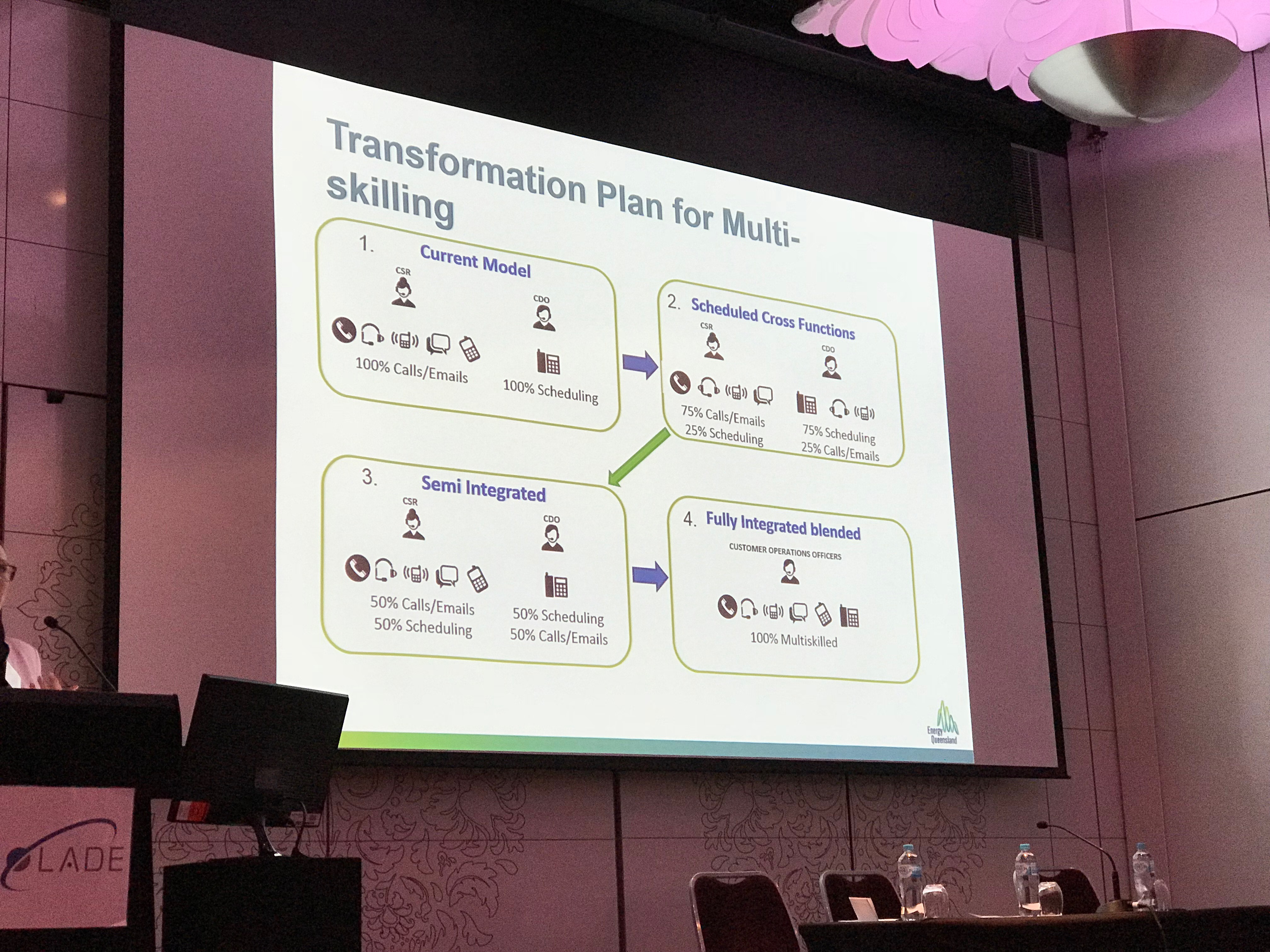
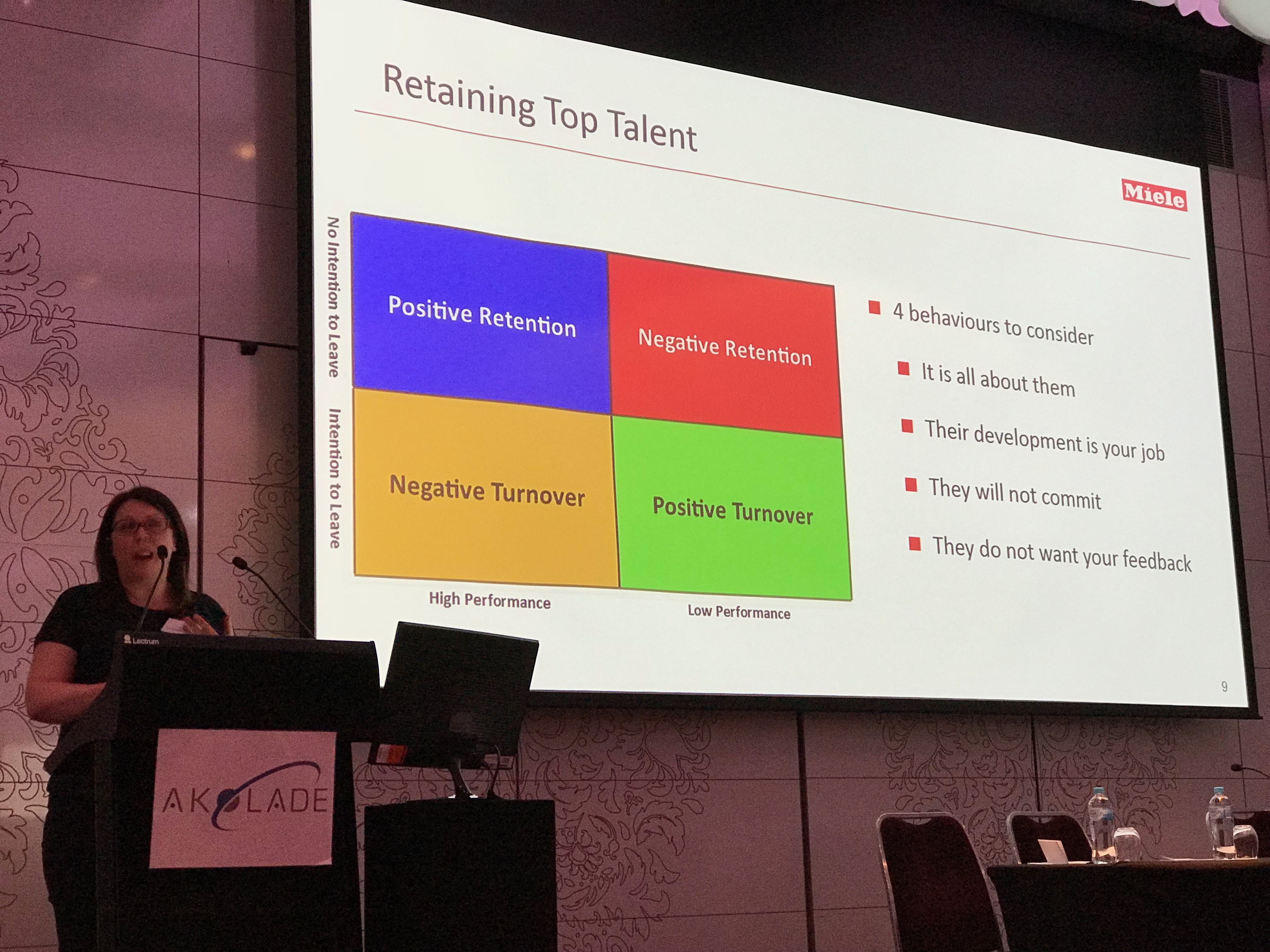
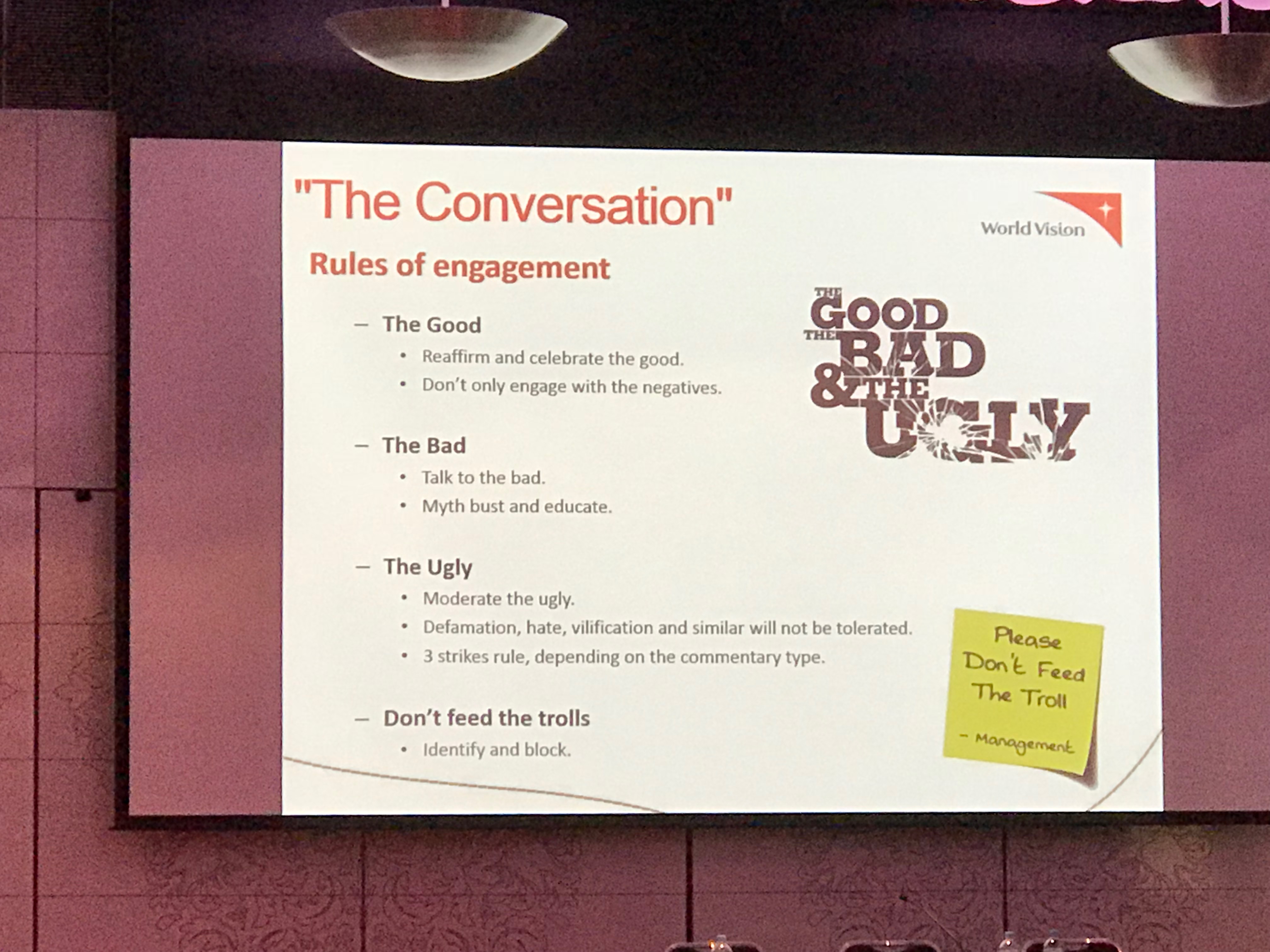


Be the first to comment